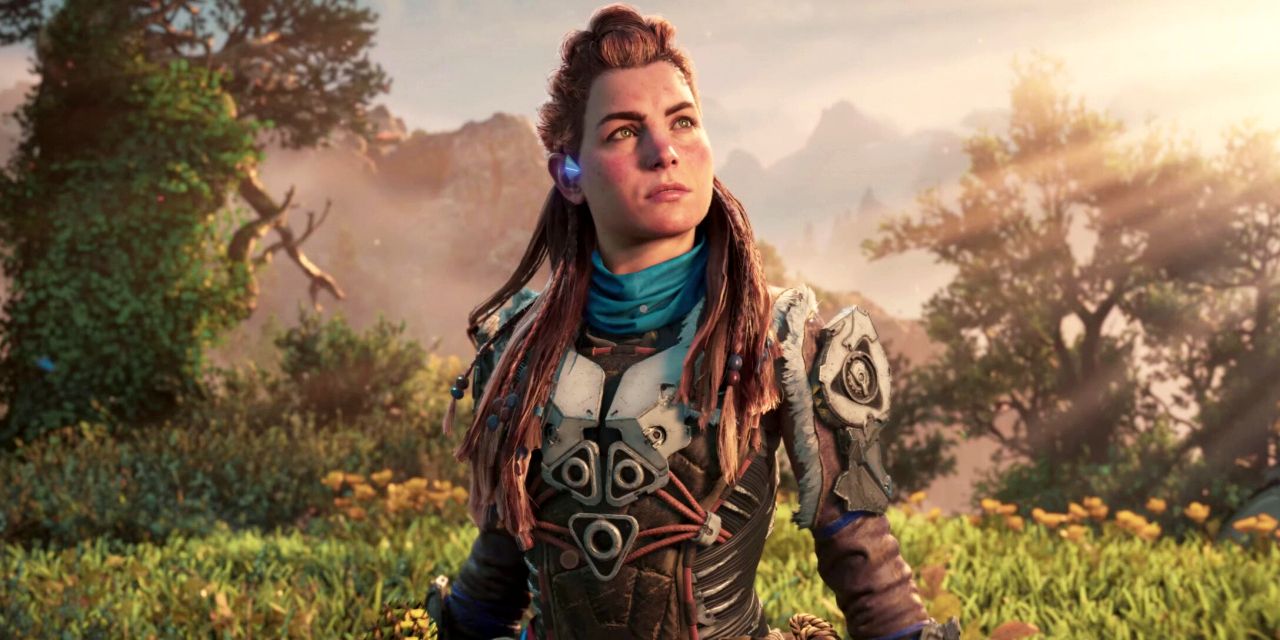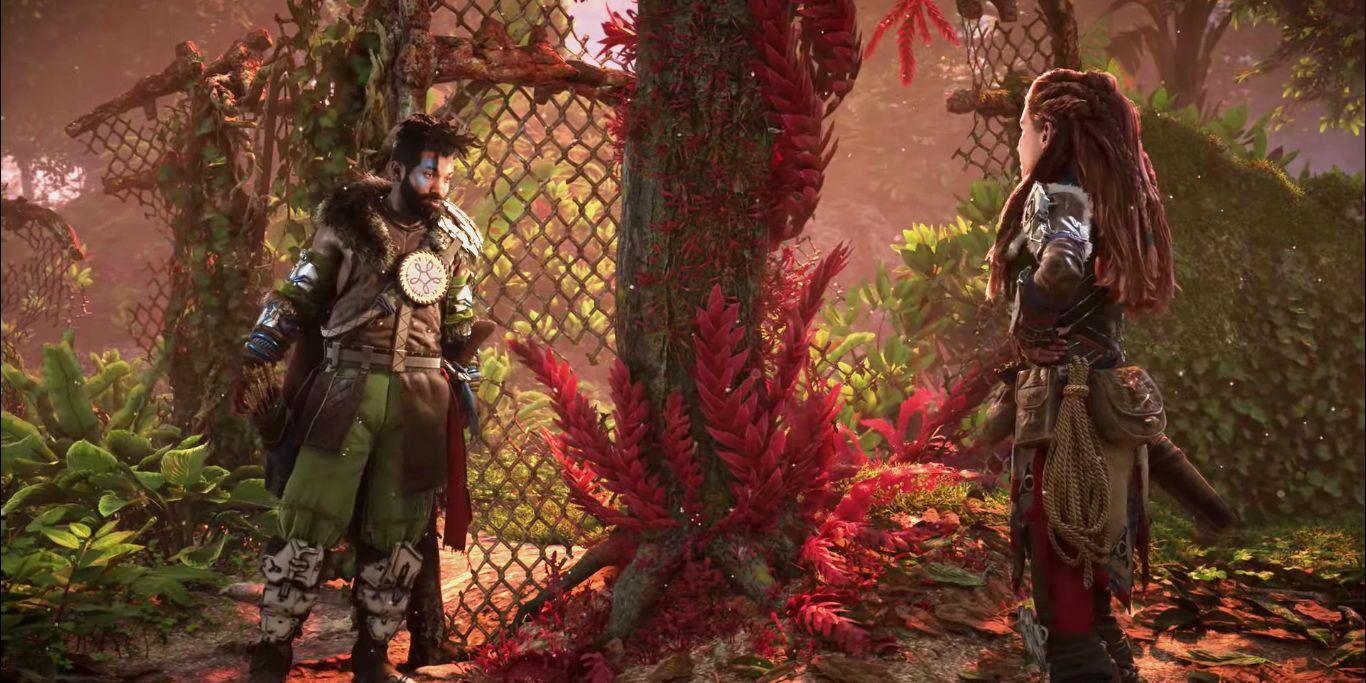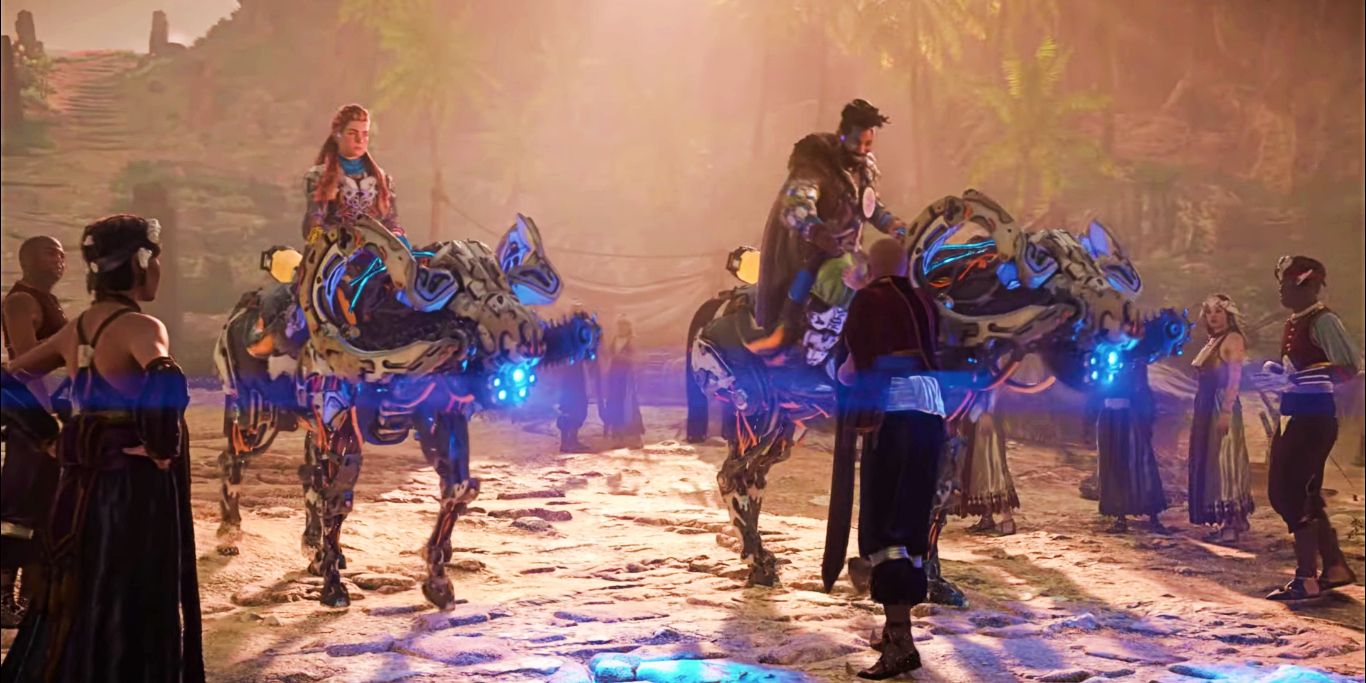With the release of the much-anticipated sequel to Horizon Zero Dawn, players finally have the opportunity to revisit the critically acclaimed franchise. Guerilla Games has ensured that the world of Horizon Forbidden West complements its story. Equally important, the newly introduced changes and upgrades to in-game mechanics remain supported by events that transpired in the intervening period.
While the developer was open about the time jump in Horizon Forbidden West even before its official release, it was not necessarily the first time Guerilla Games had taken advantage of this trope to further a game's plot. The mixed reception towards the Killzone franchise's nine year time gap made the developer reconsider its approach to various narrative techniques and improve on them. This has ultimately resulted in better execution of Aloy's story in Horizon Zero Dawn and a timely return of the trope at the beginning of the latest installment.
In Horizon Forbidden West, players are first greeted with a short cinematic overview of the previous game's events and relevant parts of Aloy's backstory that set the mood for the upcoming experience. Although some might find the opening introduction redundant, its placement allows for smoother onboarding. It also provides new players with several details regarding the franchise's general setting.
Guerilla Games expands on the initial cinematics by having Aloy narrate her take on the current situation while using visual cues to hint at the many hardships she has endured during her time away. The second part of onboarding ends with Aloy's recurring dream, and she wakes up ready to tackle the world, only to be interrupted by Varl. Generally speaking, the introductory time jump does not allude to her having lost any of the abilities from her skill tree or equipment, for that matter. If anything, both should be bolstered, yet the player conveniently finds themselves starting at square one.
A brief in-game explanation of Aloy's lack of viable equipment is provided at the beginning of the game. When Varl makes a remark about her traveling lightly, Aloy tells him that she ran into some trouble on her journey and lost most of her belongings. While this piece of information might not disclose much, it is vital and ties in with the six-month time jump without resorting to additional narrative exposition. Aside from adding some credibility to the inevitable gameplay reset, Aloy's comment allows room for a complete overhaul of previously established game mechanics and the introduction of brand-new concepts.
By and large, Horizon Forbidden West is a game that needs to portray the protagonist's growth through gameplay expansion. Aloy's off-screen time has shaped her into a more versatile fighter, a fiercer explorer and a stronger individual who is not an outcast but a stout leader and a hero who holds the key to humanity's salvation. Since Aloy has visibly broken free from the shackles of her past, her newfound demeanor allows her to use multiple weapons and traverse the landscapes in new, more efficient ways. In that sense, the loss of her old skills and equipment is almost rightly justified.
It is no secret that video games often combine several tropes at the beginning of a sequel. While they grant the developers the opportunity to introduce new storylines and revamped game mechanics, many franchises take advantage of the tropes without bothering to address major plot holes. Fortunately, Horizon Forbidden West covers the details of Aloy's six-month voyage in the five-issue Sunhawk collection from Titan Comics, providing better insight into her seemingly powerless state at the beginning of the game.
Guerilla Games is neither the first nor the last developer to back up its narrative and gameplay execution with the help of tropes. Older franchises such as Phantasy Star, Metal Gear, Pokémon, The Sims, Assassin's Creed and many others have nearly mastered the craft. So long as the developers use them to provide the players with more freedom, better accessibility and dynamic gameplay, there is no such thing as relying on one too many tropes to promote innovation and immersion in video games.



